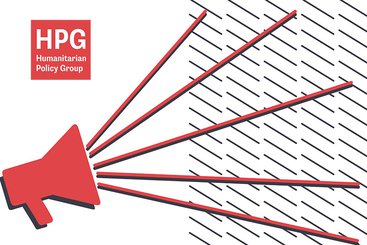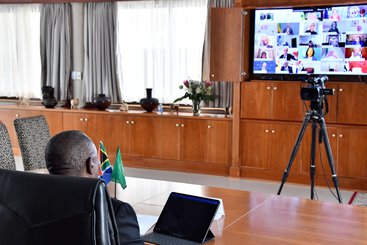There is general acknowledgement among humanitarians that addressing the complex protection threats against civilians affected by armed conflict requires a holistic, multidisciplinary response from a range of international actors. Current policy discussions on the humanitarian–development–peace nexus and the United Nations Secretary-General’s ‘Call to Action for Human Rights’ have pushed the concept of more integrated or collaborative approaches back up the aid agenda. But questions are also being raised regarding how to manage the long-standing risks of and challenges to this more collaborative approach.
Advocacy – whether private diplomacy, public denunciation, direct or indirect communication – is a key tool to try to influence conflict actors’ treatment of civilians. But as these conflict actors have multiplied and evolved, influencing their behaviour has become ever more challenging. There is now a stronger humanitarian imperative and a renewed global policy push for more collaboration to try to maximise all available opportunities to secure better protection of civilians affected by armed conflict.
In this regard, the relationship between international humanitarian and human rights actors has particular potential. However, while both groups generally recognise the commonalities and complementarities in their mandates, research indicates that in practice they still tend to maintain a distinction between their spheres of action.
This briefing note focuses specifically on current collaboration practices between international (United Nations and civil society) humanitarian and human rights actors engaged in advocacy to secure better protection of conflict-affected civilians. It outlines in brief some positive examples and sets out some of the key barriers to and risks of closer collaboration and possible mitigating strategies. Finally, it highlights some key opportunities to enable greater collaboration between international humanitarian and human rights actors.



